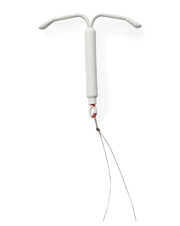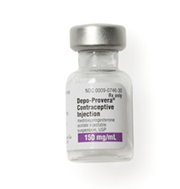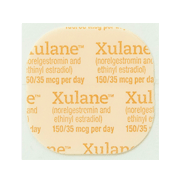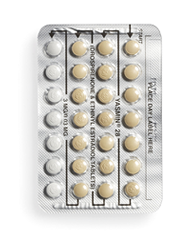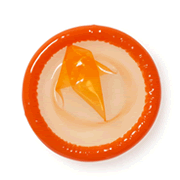How Many Types of HPV Are There?

The human papillomavirus, or HPV, is the most common sexually transmitted infection (STI) in the United States. Pretty much everyone has probably had HPV at some point in their lives. However, there are over 100 different types of HPV, and 20 strains of the virus cause complications. Here’s what else you should know about HPV. For answers to your specific questions, make an appointment to talk to a provider at your nearest The Right Time health center.
How can you contract HPV?
HPV spreads through skin-to-skin contact or through contact with mucus membranes. Most types of HPV are cleared by your immune system. However, it’s not always possible to tell when someone is infected because there might not be any symptoms. At the same time, some strains of HPV can cause genital warts or cancer.
HPV can remain in a person’s body for 20 years or more without signs or symptoms before pre-cancerous cells develop. And scientists believe that people with a dormant (or hiding) HPV infection may occasionally transmit the virus over a period of decades. Although there is no cure for the human papillomavirus itself, there is treatment for warts or cancers associated with HPV infections.
Low-risk vs. high-risk HPV
We classify the types of human papillomavirus as either low-risk or high-risk to describe their effects on the body. Low-risk HPV, which includes types 6, 11, 42, 43, and 44, is often responsible for genital warts (or papillomas). The warts are highly contagious.
There are fourteen “high-risk” strains of HPV that cause cancer, but studies have shown that HPV16 and HPV18 are the most common causes of HPV-related cancers (such as cervical cancer, anal cancer, vulvar cancer, or penile cancer).
HPV has been identified as responsible for most cervical and anal cancers. While studies have shown that men seldom show symptoms of HPV, they can be carriers if the infection does not go away.
How to protect yourself
You can protect yourself from HPV and other STIs by using barrier methods, such as the condom or internal condom. Also, if you are under the age of 45, you are eligible for the HPV vaccine, which protects against HPV16 and HPV18, as well as seven other low-and-high-risk types of HPV.
Your provider may recommend you take an HPV test every five years during your regular checkup to determine if you are positive for HPV. This screening checks for the high-risk types of the virus that can cause cancer.
No matter what concerns you might have about HPV, the providers at your nearest The Right Time health center are knowledgeable and ready to answer all your questions.
Updated January 2022
Related Content

Article
What Should I Do After I Get Diagnosed with an STI?Getting an STI doesn’t change who you are.

Article
How Can I Take Care of My Breast Health?Keeping up with routine preventative health visits can help catch any changes early.

Article
What Do I Do if I Forget to Take My Birth Control Pill?Here’s what you need to know to stay protected.

Article
September Is National Sexual Health Month — Here’s Why It MattersTaking care of your sexual health can look different for everyone.



